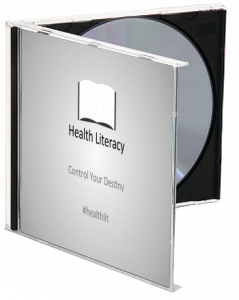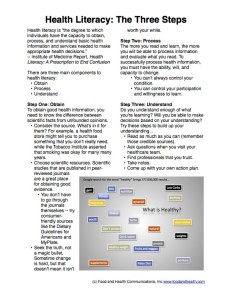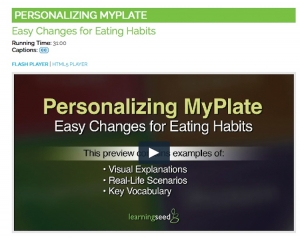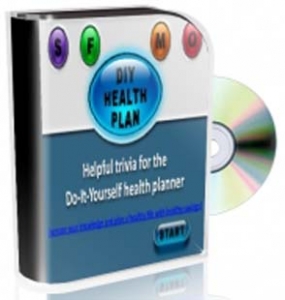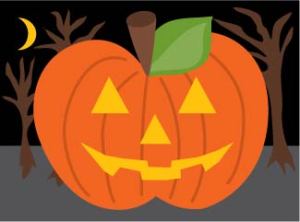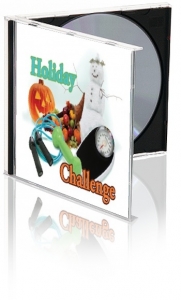 October is Health Literacy Month! Today I’d like to offer you some of our best health literacy resources. Here’s a preview of the Health Literacy handout that’s usually reserved for people who get the popular Health Literacy PowerPoint from the Nutrition Education Store.
October is Health Literacy Month! Today I’d like to offer you some of our best health literacy resources. Here’s a preview of the Health Literacy handout that’s usually reserved for people who get the popular Health Literacy PowerPoint from the Nutrition Education Store.
What is Health Literacy?
Health literacy is “the degree to which individuals have the capacity to obtain, process, and understand basic health information and services needed to make appropriate health decisions” (source).
There are three main components of health literacy:
- Obtain
- Process
- Understand
Step One: Obtain
To obtain good health information, you need to know the difference between scientific facts and unfounded opinions.
Consider the source. What’s in it for them? For example, a health food store might tell you to purchase something that you don’t really need, while the Tobacco Institute asserted that smoking was safe to consume for many many years.
Choose scientific resources. Scientific studies that are published in peer-reviewed journals are a great place for obtaining good evidence. You don’t have to go through the journals themselves — try consumer-friendly sources like the Dietary Guidelines for Americans and MyPlate.
Seek the truth, not a magic bullet. Sometime change is hard, but that doesn’t mean it isn’t worth your while.
Step Two: Process
The more you read and learn, the more you will be able to process information and evaluate what you read. To successfully process health information, you must have the ability, will, and capacity to change.
You can’t always control your condition. You can control your participation and willingness to learn.
Step Three: Understand
Do you understand enough of what you’re learning? Will you be able to make decisions based on your understanding?
Try these steps to build up your understanding…
- Read as much as you can (remember those credible sources).
- Ask questions when you visit your healthcare team.
- Find professionals that you trust.
- Take notes.
- Come up with your own action plan.
That’s just the beginning. For a comprehensive look at building health literacy, don’t miss the Health Literacy PowerPoint presentation. It has a detailed guide to each of the 3 steps for improving health literacy, along with a look at the benefits of being well-informed, suggested questions to ask a healthcare provider, a list of the best sources for consumers, and much much more!
And I would never leave you without a handout! Here’s a free PDF that covers the basics of health literacy.
There are lots of ways to help your clients build health literacy! Check out these fantastic resources from the Nutrition Education Store…
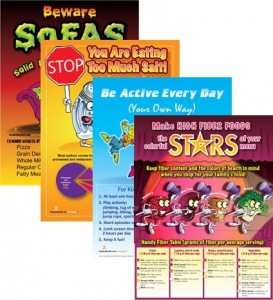
Dietary Guidelines Poster Set



